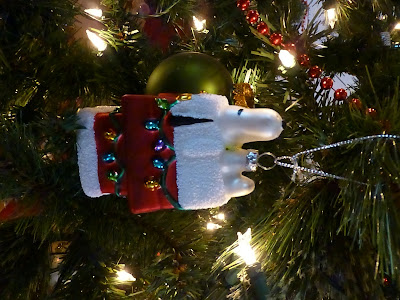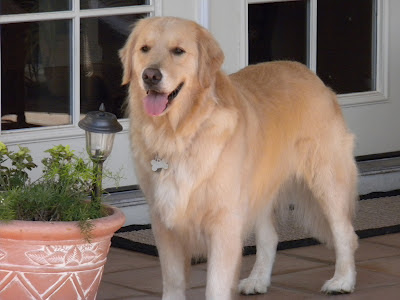I can't tell you how many times I have seen one of my designs done in different colors and I've said "I wish I had thought of that." It's true. In the moment when I'm designing I have a "vision" for the design. That vision is an expression of my likes and the things I surround myself in my personal life.
Designing is very personal but so is stitching. I have heard people pass over a design because it isn't in their colors, saying if only it were in red, blue, yellow. . . . . . .
Let me show you just how easy it really is to go from my vision to your own. Let's start with "Home of a Needleworker (too!)." The design has a red, white and blue color-way.
The dominant color is blue and if your home is void of blue, this could be a problem. The dilemma most people have with color changing is that they simply cannot get a vision for the design any other way other than the way it was originally stitched. So how do you even begin to make changes?
First, ask yourself what color you would like to see in the design and pull it from your stash. Next, using the cover of the pattern as the work space, lay it on top of the color you'd like to replace. You can blur your eyes a little, squint . . . . but what you are looking for is a general idea of what the design my look like stitched in "your" color. You don't have to replace every color, maybe just the dominant one(s). And if in doubt just choose neutrals or those colors found in nature like browns and greens.
The four examples I've shown above have had a minimal amount of change yet they look very different from the original. After you decide on the main color, go ahead and pull the rest of the threads listed on the pattern and lay them on the fabric. Look for contrast with the background and color harmony.
The pattern I chose to illustrate changes in is an easy one to work with. Granted, many patterns are very complex and take designers hours if not days to complete color choices. But when it's an easy one like this pattern, you can do it with relative ease and have fun in the process.
Happy Stitching,
Diane















































web.JPG)



